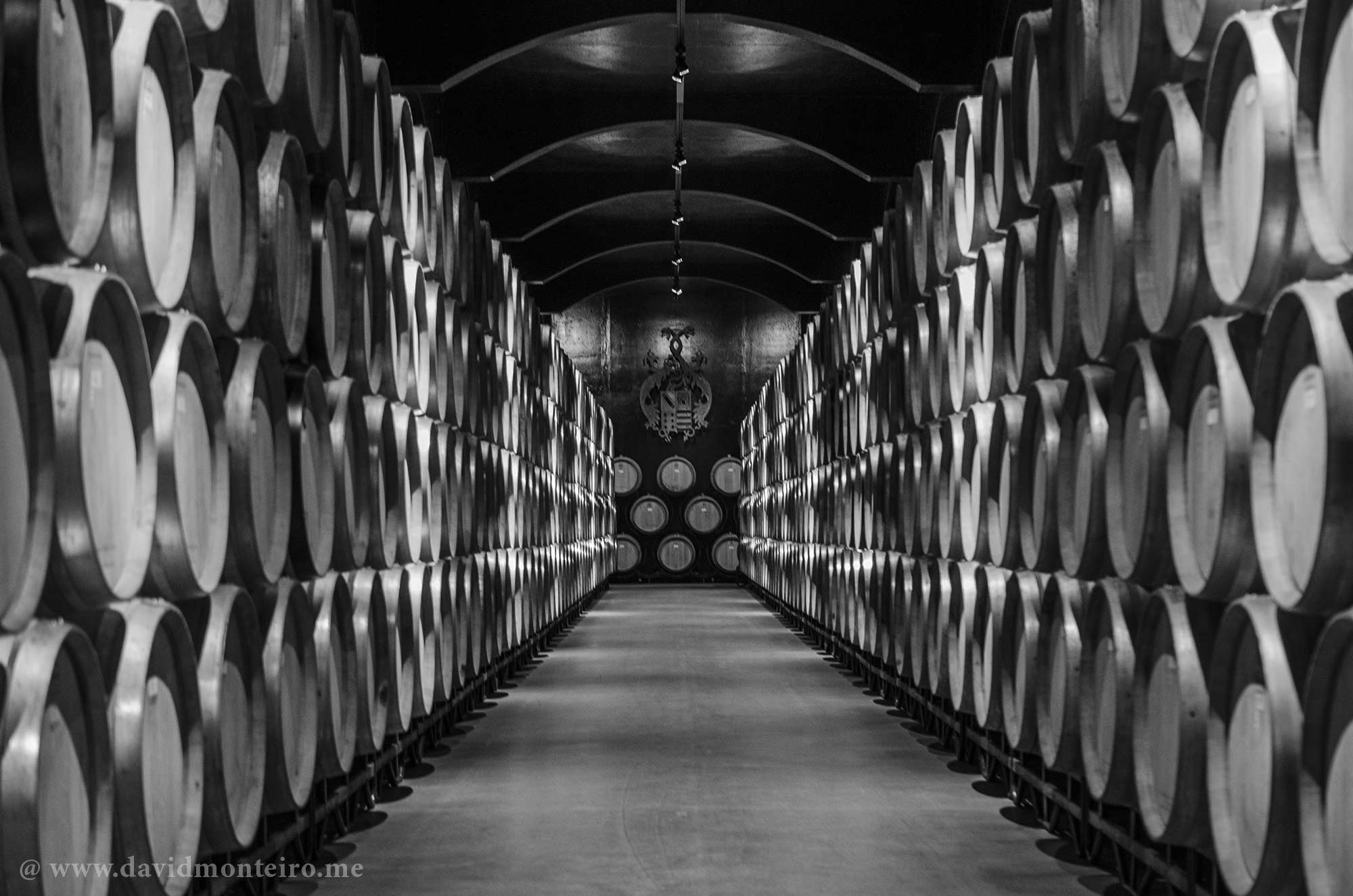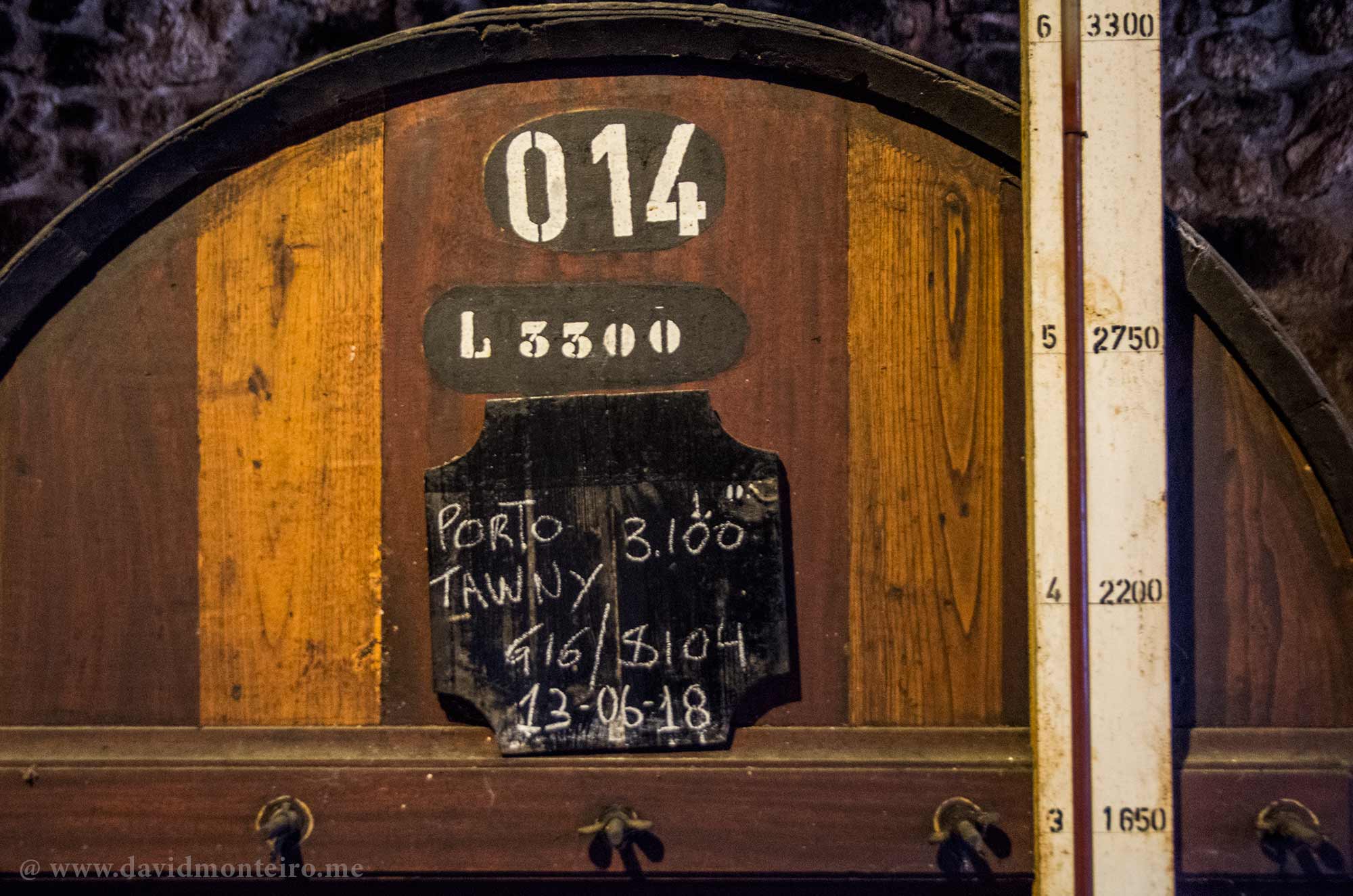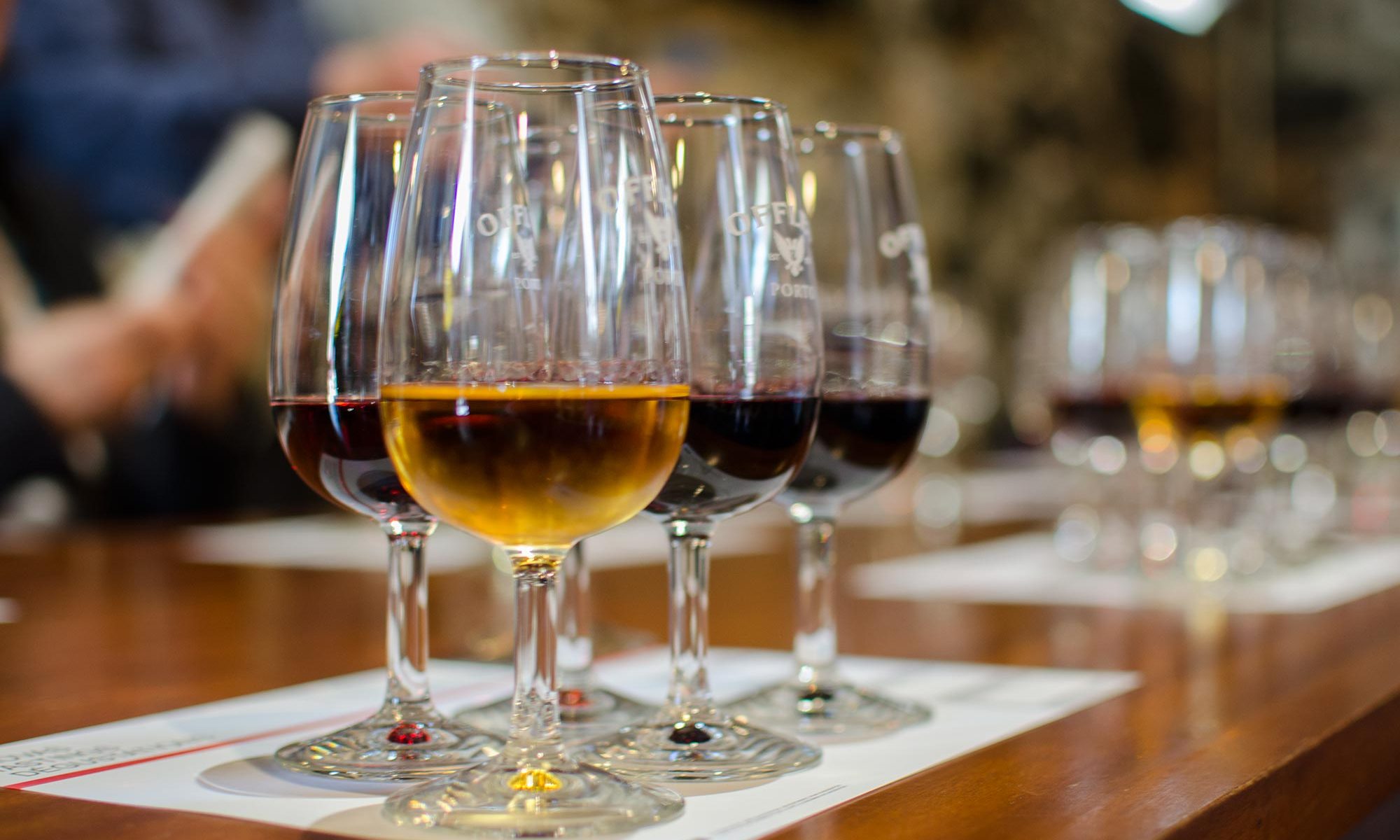What is Portwine?
Introduction
For an in-depth exploration of the historical origins of Portwine production, I encourage you to peruse the article titled ‘Background of the Douro Valley Wine Region, Portugal’.
To gain a comprehensive understanding of the geographical context in which both Port and Douro wines thrive, I extend an invitation for you to consult this detailed map.
As hinted in the aforementioned article, just before the emergence of Port wine in its present form, there existed a distinct type known as fortified table wine. I won’t delve into the details of this precursor in this post.
With that clarification, let’s delve into the contemporary realm of Port wine as it exists nowadays.
However, it’s essential to note that in the Douro Valley, you’ll encounter both Port wine and Douro wines.
In summary,
- Port wine is a fortified wine, and
- Douro wine is either still or table wine, depending on your preferred terminology.
For the scope of this post, our primary focus will be on exploring the nuances of Port wine.

The most important grape varieties
Take a moment to check on the labels of Portwine in a supermarket or liquor store.
Upon inspecting the section where grape varieties are listed, you’ll observe that they are the same grapes used in the production of Douro wines.
Naturally, it’s important to acknowledge that while the exact grape varieties may not be identical in every case, after reviewing several labels, you’ll discern the most commonly employed grapes for crafting both Port and Douro wines.
For red wines: Touriga Nacional, Touriga Franca, Tinta Roriz, Tinto Cão, Tinta Barroca, Tinta Amarela, and Sousão.
For white wines: Códega, Malvasia Fina, Gouveio, Rabigato, Moscatel Galego Branco, and Viosinho.
These grape varieties listed above represent the predominant choices for winemaking across the Douro Valley.
In essence, this implies that both Portwine and Douro wines often share the same grape varieties in their production.
If Portwine and Douro wines are made from the same grapes, what makes these wines to be so different?
The answer lies in the production method.
In a simplified manner, the production of Douro wine follows a series of steps, much like the majority of still wines: harvest -> stomping -> fermentation -> maturation -> bottling.
However, the process takes a distinct turn for Port wine just a couple of days into fermentation.
While the fermentation of Douro wine typically spans six to seven days, the trajectory for Portwine is markedly different.
In the production of Portwine, we deviate from the norm by halting the fermentation process after two or three days, and adding wine spirits.
Throughout this article, I will delve into the criteria for determining the optimal moment to cease fermentation and guide you on the appropriate quantity of wine spirits to incorporate.
Why stop the fermentation?
By halting the fermentation process and introducing wine spirits, we achieve the following:
- A naturally sweet wine, relying solely on the sugar from grapes without the need for additional sugars.
- A wine with an alcohol content ranging between 19 and 22 degrees (1), achieved through the incorporation of high-quality 77% wine spirits.
Note (1): An exception is noted for a specific type of white Port with 16.5% alcohol.
There exist various types of Portwine, each adhering to its unique production “formula” to achieve the final product we savor.
Here are some insights on determining when to cease fermentation, considering the varying sweetness levels:
- For Extra Dry Port (White), fermentation stops when sugar concentration falls below 40g/liter.
- Very Sweet Port (White) requires a sugar concentration exceeding 130g/liter.
- Most Port wines (Red) typically exhibit a sugar concentration during fermentation between 90 and 130g/liter, with a common range of 100 to 120g/liter.
As fermentation progresses, sugar concentration decreases. The longer the fermentation, the more sugar transforms into alcohol, resulting in lower sugar concentration.
Regarding the addition of wine spirits to the fermented product:
- Most barrels, with a 550-liter capacity, see the addition of 115 liters of wine spirits for every 435 liters of fermenting wine, culminating in a final 550-liter product.
- Since 2012, the range for adding wine spirits varies from 60 to 120 liters.
The introduction of wine spirits prompts the cessation of yeast fermentation in the wine.
Having done this, do we have Portwine?
This marks the initial phase in the creation of Portwine. However, depending on the specific type of Port we aim to produce, there are additional crucial steps to consider.
Now, let’s delve into the distinctive characteristics of various types of Portwine, seizing the opportunity to elucidate their unique qualities.

The types of Portwine.
If you conduct an internet search on the various types of Portwine, most articles typically categorize them as Ruby, Tawny, and White.
However, I’d like to take a distinctive approach: Rose or Pink, White, and Red.
There’s a reason behind this choice.
This isn’t a technical article but rather an entertaining one. Based on my experience, I’ve found that people grasp the information more effectively when we begin the explanation from the very basics.
So, let’s embark on this journey from the start.
Rosé Portwine (Pink)
It stands alone without any subcategories.
Crafted from red grapes but with minimal contact with the grape skins during a gentle maceration process.
These wines are best enjoyed in their youth, and, in my view, served at cooler temperatures, ideally between 8 and 10 degrees Celsius.
Rosé Portwine is a versatile choice, often utilized in cocktails or simply served over ice.
To the best of my knowledge, the inaugural Rosé Port to hit the market was Croft Pink, introduced at the onset of the 21st century.
White Portwine
Typically crafted from white grapes, White Portwine offers various subcategories: very dry or extra dry, dry, half-dry, sweet, and ‘lágrima’ (tear), also known as very sweet.
Traditionally, White Portwine is expected to be consumed relatively young, with two to three years of maturation in 20,000-liter barrels or larger, marking the readiness for consumption.
However, contemporary practices have seen some White Port Wines aging for extended periods, reaching the excellence of their well-aged red counterparts.
An intriguing note: as White Portwine ages, it transforms into an amber hue, akin to its aged red counterparts.
White Portwine serves as an exceptional choice for appetizers. Consider pairing a White Portwine, such as Lágrima from Ramos Pinto, with a ‘wedding’—a fig with an almond inside—for an exquisite tasting experience.
In modern times, the trend of enjoying Port Tonics has emerged. This refreshing long drink involves blending ⅓ Extra Dry White Port with ⅔ tonic water, ice, lemon, and a peppermint leaf—a truly top-notch combination. Explore various recipes for this drink, savor the flavors, and share your favorite!
Red Portwine
I’ve saved the discussion on red Portwines for last, as they warrant more extensive and intricate explanations.
Red Port Wines can be broadly categorized into two families: Ruby and Tawny.
All other designations of red Port wines stem from these foundational classifications.
Ruby
Ruby wines, known for a solid red color, mature in large ‘balseiros’ for two to three years. These barrels, resembling half barrels on short legs, hold 20,000 to 125,000 liters.
The slow oxidation in ‘balseiros’ maintains the intense red hue, preventing an undesirable brownish color. Analogous to an apple browning upon exposure, wine undergoes a similar process over time, transitioning from red to brownish or dark amber.
Within the Ruby family, special subcategories like Ruby, Reserva, Late Bottled Vintage (LBV), and Vintage exist. While other subcategories exist, two will be briefly explained without overextending.
Vintage (Ruby)
It’s the highest-rated Portwine, produced from exceptional grapes of a single year, often aging for years or even centuries.
Vintage Port matures for two to three years in a ‘balseiro’ before bottling, containing sediments aiding further evolution.
For optimal taste, it’s advisable to wait three to four years post-bottling before consumption. The history of Vintage intertwines with bottle design evolution, beginning in the 18th century.
If seeking a Portwine for aging, Vintage is a natural choice, pairing excellently with dark chocolate, sharp cheeses, and melon.
LBV – Late Bottled Vintage (Ruby)
Named for being declared vintage but bottled later than regular Vintage, LBV wines often match Vintage quality.
LBV spends four to six years in a vat before bottling. Contrary to Vintage, LBV can be consumed immediately post-bottling but also ages well.
These wines offer Vintage-like quality (almost), ready for immediate consumption, a benefit over waiting for Vintages.
As of my knowledge, Taylor pioneered LBV in 1970, using wines from the 1965 harvest, inspiring other brands.
Tawny
These wines age in oak casks, initially in large barrels for around four years, then in 550-liter barrels for heightened oxidation.
Tawny ports are identifiable by the label, often indicating aging years like 10, 20, or 30.
Tawnys result from blending various lots, showcasing the advertised age characteristics. Despite the label inscription, it signifies the blend’s average age.
Due to slow oxidation, Tawnys exhibit a paler, brownish, or amber color compared to ruby wines.
Old Tawnies are among the priciest Ports. Once bought, Tawny is ready for immediate consumption.
Younger Tawnys make great aperitifs, while older ones pair well with dried fruits, chocolate desserts, cheeses, or just by themselves.
If you have a 30 or 40-year-old Tawny, savor it without distractions. Pause, relax with a friend, and relish.
******************************************
I aimed to offer an overview of Portwine, yet topics like:
- a little more history of each of the wines and estates;
- how does a wine become a vintage;
- the importance of the wine-spirits in the Portwine;
- the differences between brandy and wine-spirits;
- Portwine and the Portuguese culture;
- and so much more.
Future posts will delve into these themes.
Carpe Diem
David Monteiro
Websites where you can learn more about Douro wine and Portwine:http://www.winesofportugal.info/
https://www.quintadocrasto.pt/?lang=en
https://www.quintanova.com/en/
https://www.quintadelarosa.com/
https://www.quintadonoval.com/
https://www.niepoort-vinhos.com/en/
This is only an example; there’s an endless number of websites.

